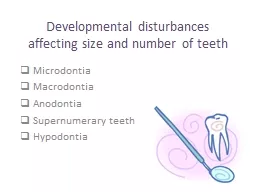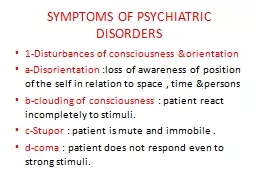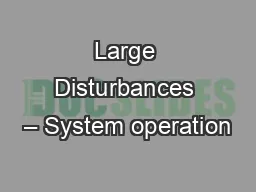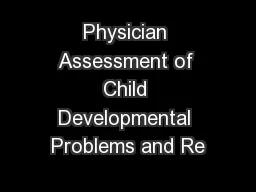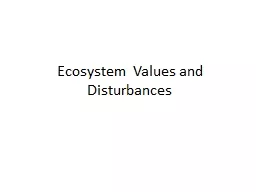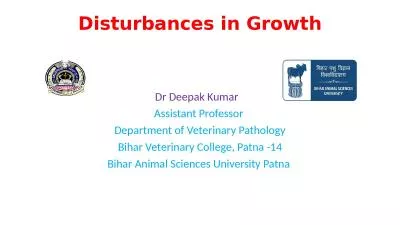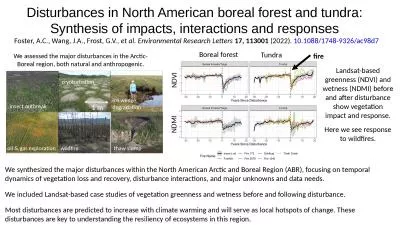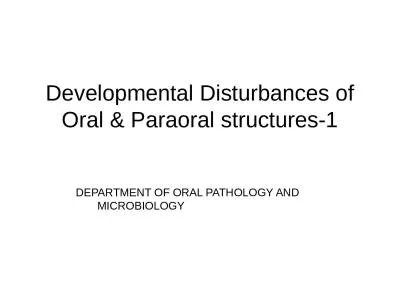PPT-Developmental disturbances affecting size and number of teeth
Author : spiderslipk | Published Date : 2020-06-16
Microdontia Macrodontia Anodontia Supernumerary teeth Hypodontia MICRODONTIA It is defined as the size of teeth which is smaller than normal or outside the
Presentation Embed Code
Download Presentation
Download Presentation The PPT/PDF document "Developmental disturbances affecting siz..." is the property of its rightful owner. Permission is granted to download and print the materials on this website for personal, non-commercial use only, and to display it on your personal computer provided you do not modify the materials and that you retain all copyright notices contained in the materials. By downloading content from our website, you accept the terms of this agreement.
Developmental disturbances affecting size and number of teeth: Transcript
Download Rules Of Document
"Developmental disturbances affecting size and number of teeth"The content belongs to its owner. You may download and print it for personal use, without modification, and keep all copyright notices. By downloading, you agree to these terms.
Related Documents

